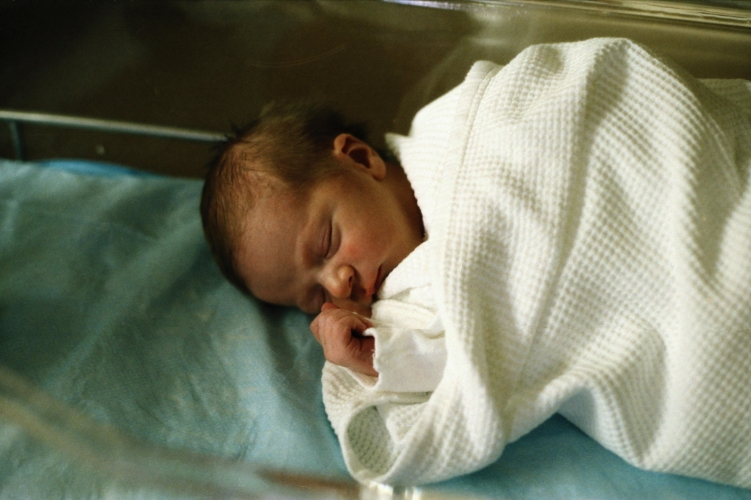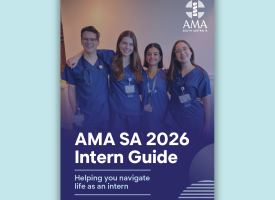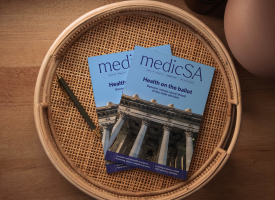Hospital births remain the safest option
The AMA Tasmania is calling on the state government to put on hold any plans for a government-provided home birth program, arguing that the safest place to give birth is a hospital where obstetricians, anaesthetists, paediatricians, and surgical facilities are immediately available if needed.

The AMA Tasmania doctors support midwifery care and other continuity of carer models (including GPs) within a collaborative team environment within a hospital setting and strongly oppose any taxpayer-funded home birth scheme, which we know increases risk to mother and child.
"Birth is usually normal until it isn't. When an emergency unfolds, every minute counts.
Hospitals provide instant access to operative delivery, blood products, neonatal resuscitation, and intensive care. That safety net cannot be replicated in a lounge room, no matter how skilled the midwife may be.
"If a birth goes wrong and a mother needs to be transferred to a hospital, the delay can result in shoulder dystocia, postpartum haemorrhage or foetal distress. Delay translates into harm.
"Our duty is to back the safest system for mothers and babies.
"We absolutely support woman-centred care, choice, and culturally safe services. But 'choice' must sit within a system designed first for safety. The public health system shouldn't underwrite a setting where we know the risk to mother and child is higher, and the ultimate cost to the system is greater if it all goes wrong.
"The fact that no commercial insurer was prepared to ensure private sector midwives for home birth settings and the Commonwealth legislated to expand the government-backed Midwife Professional Indemnity Scheme (MPIS) to include out-of-hospital intrapartum care (homebirths), speaks volumes.
"There is also a greater risk of the state government being sued when this goes wrong, increasing the financial cost to the government.
"Government funding home births sends the wrong message, when we know the safest place to deliver a baby is within a hospital.
"There is nothing more devastating than losing a child. Every Tasmanian family deserves access to the best care they and their baby can receive as quickly as possible, when it is most needed."
Rather than the state supporting the home birth rate, currently at only 0.3-0.6% of all births across Australia, the Minister needs to ensure that our women's and children's facilities are upgraded across the state, so we can support safer birthing and collaborative care in hospitals built to meet demand.
Key concerns
- Rapid escalation is critical. Events such as severe bleeding, cord prolapse, foetal heart rate abnormalities and neonatal breathing difficulties require immediate, multidisciplinary care. Hospitals provide obstetrics, anaesthesia, operating theatres, blood bank and paediatrics on site.
- Higher vulnerability for first births. Risks are greatest for first-time mothers and when transfer is required during labour. A government-endorsed home birth model may unintentionally normalise higher-risk settings.
- System pressure and equity. Publicly funding home birth diverts scarce resources from strengthening hospital maternity services which are safer.
- Medico-legal and duty of care. A state-run program endorses a setting where the standard of emergency response can never match an acute hospital. That exposes families and clinicians to avoidable risk and the health system to liability.>>>>ENDS.



